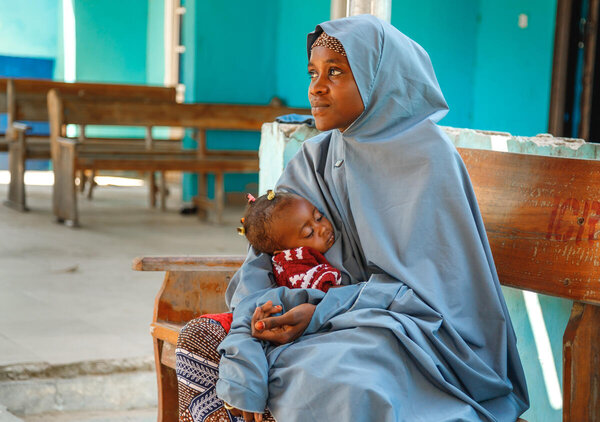Attacks by insurgent groups in Nigeria have intensified throughout 2025. Jama'at Nusrat al-Islam wal-Muslimin (JNIM), an al-Qaeda affiliate, reportedly carried out its first attack in Nigeria last month. Meanwhile, the insurgent group Islamic State in West Africa Province (ISWAP) is said to be pursuing its expansion across the Sahel. Other recent incidents include the killing of a brigadier soldier in the northeast and attacks on public schools in the north, where several teachers and hundreds of schoolgirls remain missing.
"Communities are under severe pressure from repeated attacks and economic stress," said David Stevenson, WFP Country Director and Representative in Nigeria. "If we can't keep families fed and food insecurity at bay, growing desperation could fuel increased instability with insurgent groups exploiting hunger to expand their influence, creating a security threat that extends across West Africa and beyond."
Northern Nigeria is experiencing the most severe hunger crisis in a decade with rural farming communities the hardest hit. Nearly six million people in the north are projected to face crisis levels of hunger or worse during the 2026 lean season - June to August - in the conflict zones of Borno, Adamawa and Yobe states. This includes some 15,000 people in Borno State who are expected to confront catastrophic hunger (Phase 5, famine-like conditions). Children are at greatest risk across Borno, Sokoto, Yobe and Zamfara, where malnutrition rates are highest.
The dire situation has been compounded by funding shortfalls that diminish WFP's ability to provide life-saving assistance. In the northeast - where nearly one million people depend on WFP's food and nutrition assistance - WFP was forced to scale down nutrition programmes in July, affecting more than 300,000 children. In areas where clinics closed, malnutrition levels deteriorated from "serious" to "critical" in the third quarter of the year.
Despite soaring needs, WFP will run out of resources for emergency food and nutrition assistance in December. Without urgent funding, millions will be left without vital support in 2026, risking more instability and deepening a crisis that the world cannot afford to ignore.







